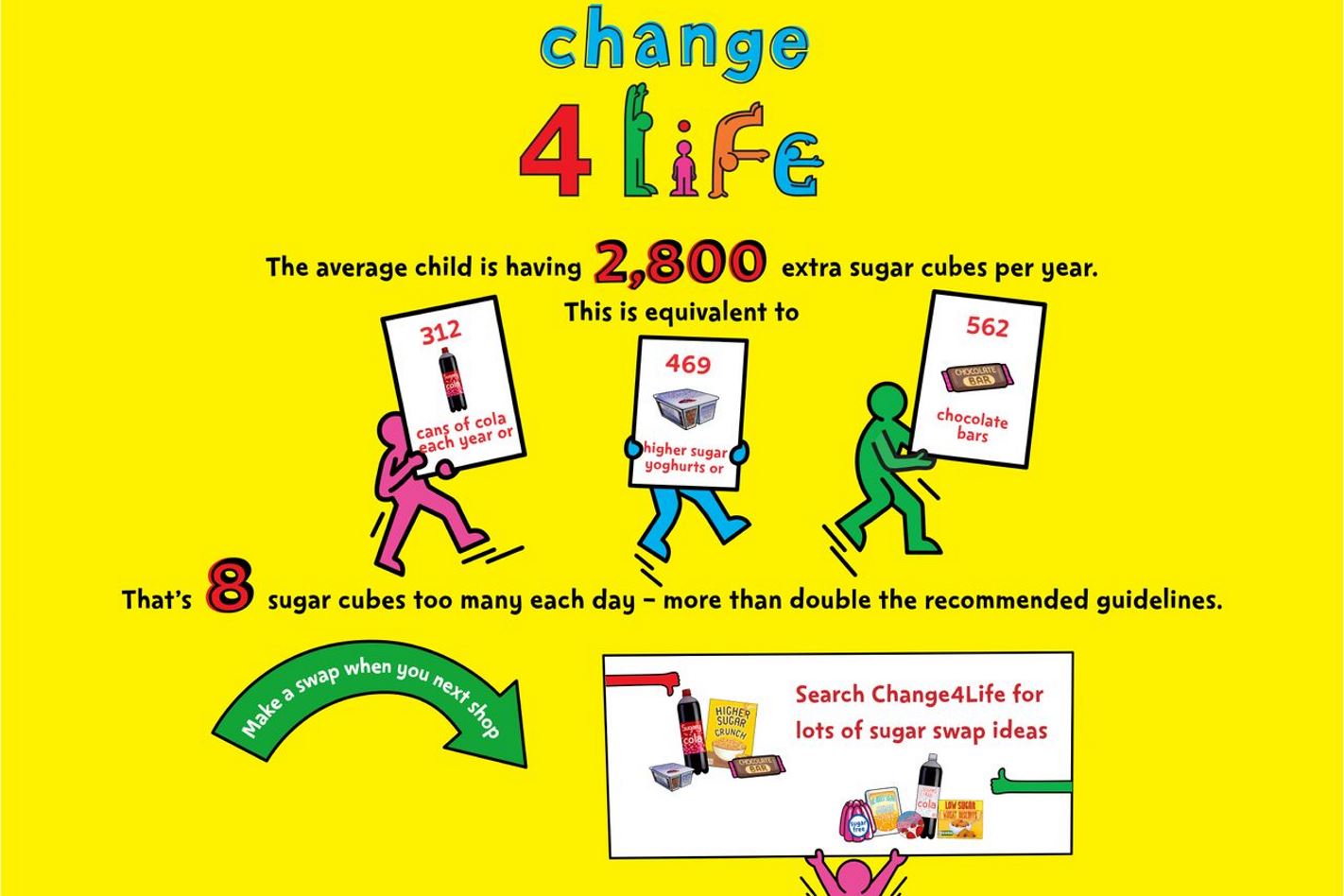A new consultation, from Department of Health and Social Care and Department for Digital, Culture, Media & Sport, has been launched on proposals to ban online adverts for foods high in fat, sugar and salt in the UK to tackle the obesity crisis and get the nation fit and healthy.
- Proposal to ban online adverts promoting food high in fat, sugar and salt.
- Ban would help protect children from developing long-term unhealthy eating habits.
- Part of government’s landmark obesity strategy to help everyone live healthier lives.
Research shows children are exposed to over 15 billion adverts for products high in fat, sugar and salt (HFSS) online every year.
Evidence shows that exposure to HFSS advertising can affect what children eat and when they eat, both in the short term by increasing the amount of food children eat immediately after being exposed to an advert, and by shaping longer-term food preferences from a young age.
The new consultation, which will run for 6 weeks, will gather views from the public and industry stakeholders to understand the impact and challenges of introducing a total ban on the advertising of these products online, to help people live healthier lives and tackle childhood obesity.












